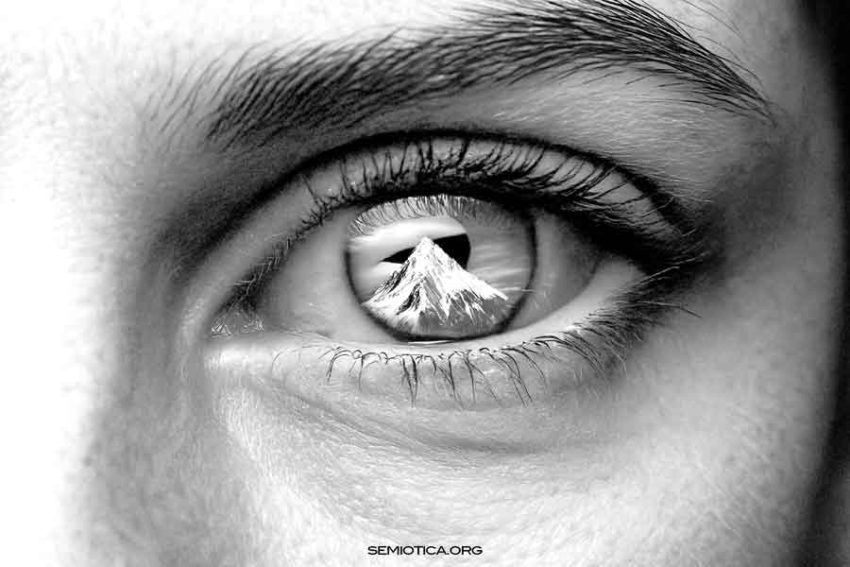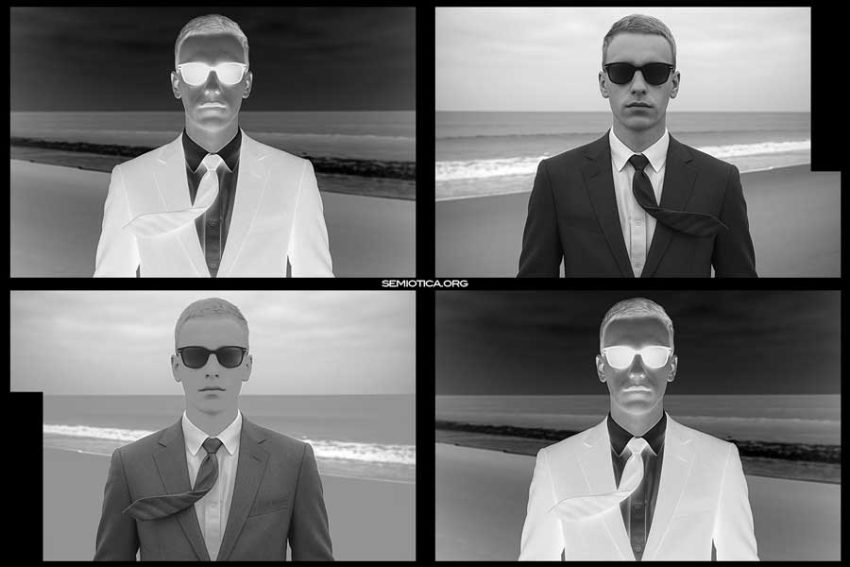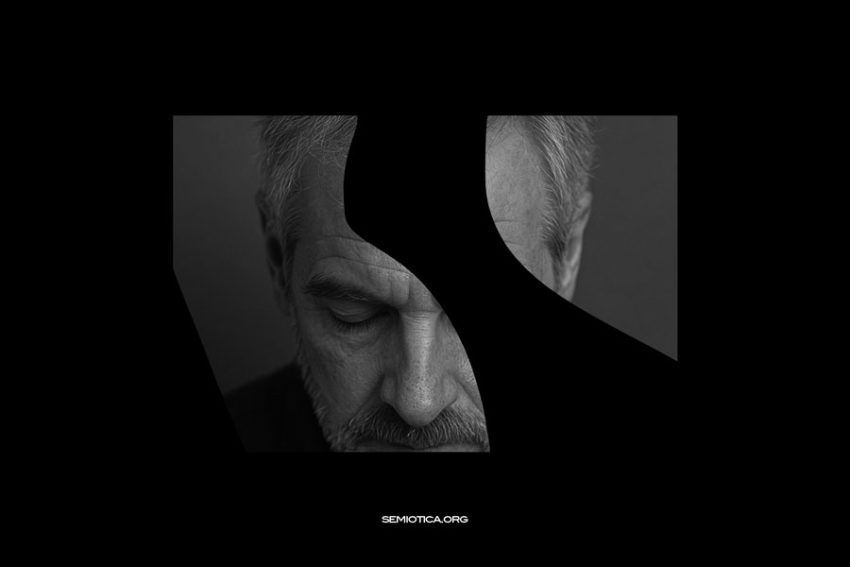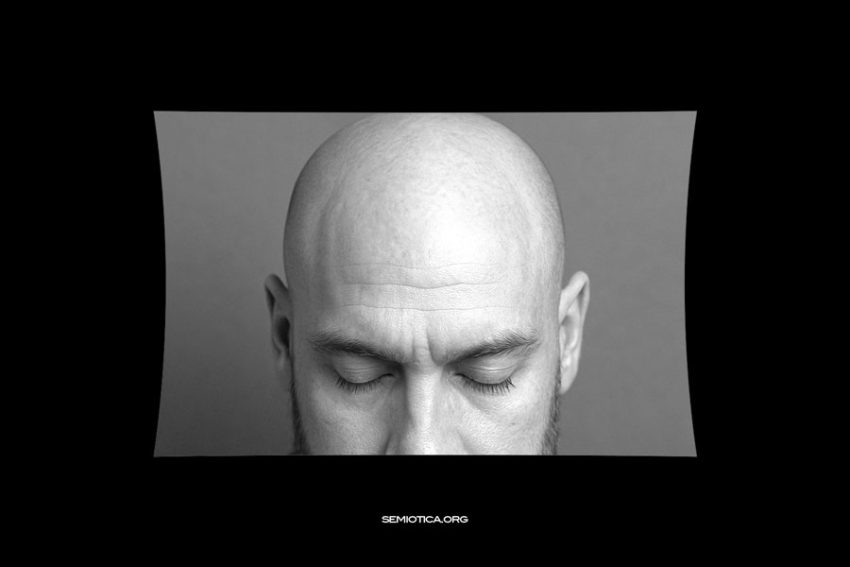Carlo Sini osserva che la domanda sulla “vita della lingua” conduce immediatamente alla questione della “vita dei segni”. Quando Saussure affronta questo livello più profondo, emergono due aspetti essenziali. Il primo riguarda la posizione dell’individuo e della società nei confronti dei segni. Sini sottolinea la formulazione saussuriana secondo cui la vita dei segni “sfugge alla…
Tag: Ferdinand de Saussure
Ferdinand de Saussure. La rivoluzione del Cours e la nascita della linguistica moderna
La pubblicazione del Cours de linguistique générale avviene nel 1916, a Parigi, come opera postuma che raccoglie le lezioni tenute da Ferdinand de Saussure tra il 1907 e il 1911. Carlo Sini ricorda che il libro, nonostante la sua portata teorica, impiegò quarant’anni prima di essere riconosciuto come testo capitale. La svolta giunge intorno al 1956, quando…
Strutturalismo, Peirce e le sfide della semiotica negli anni Ottanta
Nella metà degli anni Ottanta, la semiotica appare attraversata da una condizione che Marrone — allora — descriveva come tipica delle scienze soggette a “crisi cicliche”. La disciplina oscillava fra entusiasmi teorici e improvvise restrizioni di campo, fra congetture e verifiche, mentre cresceva il numero di interventi che annunciavano, con toni diversi, la “crisi”, la…
Umberto Eco, Code and Message: Two Fundamental Notions
Umberto Eco recognizes in Roman Jakobson a central role in clarifying and disseminating the notions of code and message, extending them from the field of information theory to the whole of semiotics. The adoption of these categories made it possible to unify the analysis of linguistic and non-linguistic systems, providing a coherent methodological framework for describing the…
Che cosa studia la semiotica
La semiotica appartiene a quella zona intermedia dei saperi che costituisce il campo delle scienze umane: discipline che non si fondano su teoremi o esperimenti, ma nemmeno su opinioni soggettive. È una scienza del senso, che indaga i modi in cui gli esseri umani producono, interpretano e condividono significati. Come ricorda Ugo Volli, fin dal…
The Origins of Modern Semiotics: Peirce and Saussure
Semiotics, as a scientific discipline, has its roots in the nineteenth century. Stefano Gensini recalls that the effort to define its boundaries was undertaken by two scholars destined to shape its future development: Charles Sanders Peirce and Ferdinand de Saussure. Peirce, an American philosopher of pragmatist orientation, conceived semiotics as a general theory of human…
Le strutture discorsive e la teoria dell’enunciazione
Le strutture semio-narrative costituiscono la competenza semiotica generale presupposta da ogni produzione discorsiva. Esse ritraducono, in un quadro semiotico più articolato, il concetto di langue di Saussure o di sistema di Hjelmslev. Ogni enunciatore, nel momento in cui produce un discorso, si trova davanti una base semio-culturale preesistente che deve attivare per poterla trasformare in testo. Il passaggio dal livello delle strutture semio-narrative a quello…
Le origini della semiotica moderna: Peirce e Saussure
La semiotica, come disciplina scientifica, trova le sue radici nell’Ottocento. Stefano Gensini ricorda che l’esigenza di definirne i contorni fu sostenuta da due studiosi destinati a orientarne lo sviluppo: Charles Sanders Peirce e Ferdinand de Saussure. Peirce, filosofo statunitense di orientamento pragmatista, considerava la semiotica una teoria generale della conoscenza umana. Egli attribuiva all’attività interpretativa un ruolo centrale:…
Umberto Eco, A Missed History: The Ostracism of Semiotics
In his 1976 essay, Umberto Eco retraces the long and fragmented history of reflections on signs, highlighting how semiotics—despite its ancient roots—was persistently marginalized by the scientific establishment. The idea of a science dedicated to the production, exchange, and interpretation of signs is far from new: even pre-Socratic poetry and philosophy had shown an interest…
Semiotics and the Ethical Dimension of Life
In Semiotics in Ethics and Caring, Susan Petrilli affirms that an ethical dimension is implicit in every form of human semiosis. Yet only recently has it become a consistent object of semiotic inquiry. Drawing on Thomas A. Sebeok’s notion of global semiotics, she argues that reconnecting semiotics with the life sciences allows the discipline to extend beyond…









